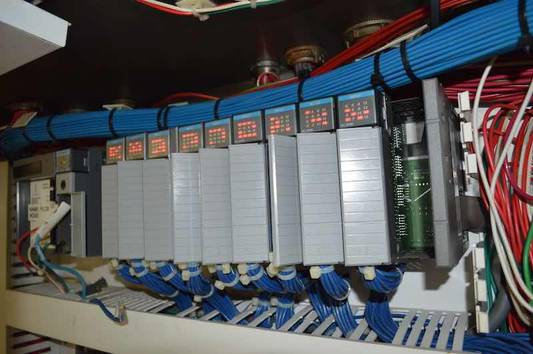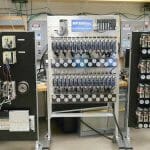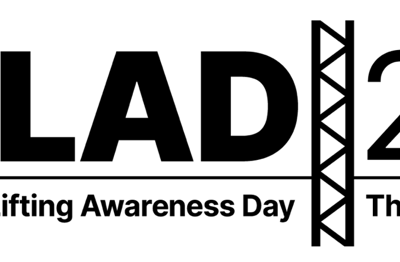System integrators must satisfy the business requirements of their stakeholders while ensuring the technical integrity of the project. System integrators help with automation and control technologies, software, networking, as well as project management best practices, stakeholder engagement, and ensuring stakeholder expectations are aligned with business goals.
Generally speaking, system integrators ensure that components, systems, subsystems, processes, and workflows (to name a few) function together reliably, efficiently, and economically. They can serve process industries, discrete industries, and everything in between. While striving to please all the stakeholders, it can be challenging to make everyone happy-at the same time. From time to time, issues can arise that can make system integration seem like Mission Impossible. To ensure your project finds its way to mission accomplished, consider these challenges and how to handle them.
A good beginning makes a good ending
One of the early issues system integrators face is understanding the business issues that drive a project. Successful integration projects not only result in solidly performing automation systems, but also provide solutions to business concerns. Too often, the conversations are solely about technical issues with technical people. This narrowed view can lead to projects that succeed when viewed through a technology lens, but fail miserably in meeting their prime objectives. Only after the why, what, when, and who of a project are thoroughly understood is it wise to determine how to apply the best technical solution.
There are also many nontechnical requirements that must be sorted out early because they can influence technical decisions. Most projects will likely require a variety of:
- Materials and system resources
- Unencumbered access to production systems
- A reasonable timeframe for design/build activities
- Adequate production downtime for installation
- Sufficient time and access to operations and maintenance staff for training.
Each of these items has one or more stakeholders, whose interests can often conflict with each other and your project requirements. Navigating these competing interests can challenge even the most seasoned system integration firm.
The best approach begins with effective communication and planning. When you have a firm understanding of the business drivers, communicate your requirements early with all of the stakeholders. For example, it may not be obvious to a facilities manager that you need plant utilities operational during system installation—even if plant production is otherwise down. You must identify to these stakeholders all of the resources you need to accomplish your project, while accommodating any issues they may have with meeting these needs.
A significant challenge for all parties is that system integration activities often cause some disruption to operations during installation. It is essential to develop a plan for this early. From a system integrator’s standpoint, performing all installation activities in one continuous downtime window usually requires the least calendar time and can be delivered at the lowest cost. This approach is often the most disruptive to operations—particularly production.
 Getting stakeholders on the same page can require creative negotiations. Phased systems installation, around-the-clock installation, multishift training, parallel operations between new and old systems, advanced finished-product inventory accumulation, and even production outsourcing can come into play. With some up-front effort, it is possible to strike the right balance among lost production, installation savings, resources, access, and business concerns. After the plan is in place, keep the stakeholders engaged throughout the process—this is the best pathway to a successful ending.
Getting stakeholders on the same page can require creative negotiations. Phased systems installation, around-the-clock installation, multishift training, parallel operations between new and old systems, advanced finished-product inventory accumulation, and even production outsourcing can come into play. With some up-front effort, it is possible to strike the right balance among lost production, installation savings, resources, access, and business concerns. After the plan is in place, keep the stakeholders engaged throughout the process—this is the best pathway to a successful ending.
Managing risk
After the project logistics are sorted out, a system integrator can begin to design the physical and functional aspects of the system. There are risks to manage throughout this process and throughout the lifecycle of the system. It often falls on the system integrator to help manage them-sometimes long after the project is completed. Security, controls, software, and testing are important considerations.
Security risks: Managing security risks is becoming increasingly challenging for system integrators. This is due in part to the availability and presence of smart devices on the plant floor, and the desire to take advantage and integrate the information they provide across systems and platforms. This is a large and growing issue, with many layers and nuances. PLCs, HMIs, servers, workstations, networks, and applications have security vulnerabilities. Balancing the advantages of access and integration with the concerns of security is becoming increasingly complex. Understanding the risks, defining the security zones, identifying the data that move between the zones, and identifying the physical and logical entry point for each zone are essential aspects in developing a robust security strategy.
Control equipment operation: The safe and effective operation of the control equipment over the lifecycle of the system is another risk to manage. Control equipment must be vetted to ensure conformance with intended use, input/output signal types, power requirements, corporate standards, and more. Where this equipment is physically installed must also be considered. There is a big difference between equipment designed to be dust resistant and equipment designed to resist 80 lb of hose-directed water with airborne corrosives. When shipping the control equipment, excessive vibration can damage delicate electronic components. The effects of this might not be immediately apparent. Shipping via Air-Ride van or other vibration-reducing methods will help mitigate the risk of in-transit damage.
Software: Systems usually include various types of software. One type is referred to as commercial off-the-shelf (COTS) software, which includes operating systems, security software, visualization platforms, database platforms, and more. There is a unique risk associated with how various COTS software products interact with each other over time. For example, a routine service pack upgrade by your IT staff on your workstation COTS operating system may render your COTS user interface software inoperable. System integrators frequently deal with issues like this. They can be a great resource to help manage these activities over the life of the system.
Customized software: One of the most challenging parts of any system integration project is customized software. It can be found running plant-floor controllers, graphical user interfaces, customized scripting, database management, and much more. Ensuring this software meets the needs of all stakeholders is one of the largest risks to manage. A solid functional specification, thoroughly reviewed by all stakeholders, is the best approach. This details all automated operations including:
- Interlocks, sequencing, and device activations
- How people interact with the system
- HMI screen definitions, security, overrides, alarms, configuration, and navigation
- What data are collected, how it is queried, and how it is presented
- Any information exchanged with other systems.
A well-written functional specification will serve as a basis to measure software development as well as to ensure the system is operating properly over time.
Testing, commissioning: Ensuring equipment, software, and systems are installed and tested properly presents its own challenges. A site installation plan—based on the functional specification and electrical design documents—is needed to keep track of which devices and functions were tested. This is very important on large-scale integration projects involving hundreds or thousands of devices and operations. It is not uncommon on large projects that certain smaller areas are initially untested during installation. This can be due to lack of equipment, utilities, raw material, or other items necessary to test the operation. It is essential to keep track of these areas and to involve the system integrator prior to putting such areas into production.







